Enter a surname, town name or other keyword to search the database. Remember to
allow for the different spellings of 'Mc' and 'Mac.' Good luck!
{Search tips: Use single word search terms for more results}
You must enter some valid character(s) into the search field
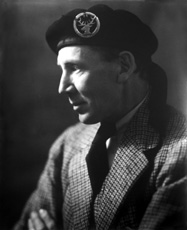
Reference: H-0243
Keith Henderson (1883-1982) wa...
|
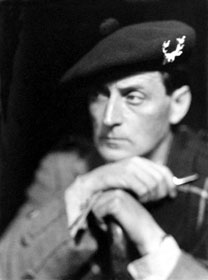
Reference: H-0238b
Sir Compton Mackenzie, (1883-1...
|
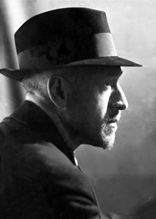
Reference: 31102g
Peter Frederick Anson (1889-19...
|
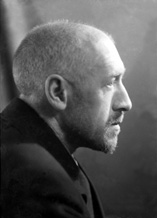
Reference: 31102f
Peter Frederick Anson (1889-19...
|
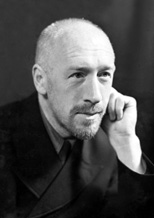
Reference: 31102e
Peter Frederick Anson (1889-19...
|
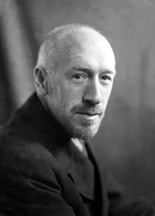
Reference: 31102d
Peter Frederick Anson (1889-19...
|
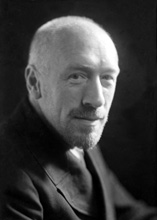
Reference: 31102c
Peter Frederick Anson (1889-19...
|
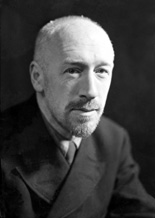
Reference: 31102b
Peter Frederick Anson (1889-19...
|
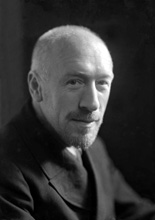
Reference: 31102a
Peter Frederick Anson (1889-19...
|
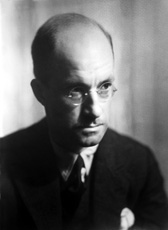
Reference: 31036a
Eric Linklater (1899-1974). Er...
|
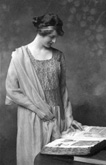
Reference: hw022
Mary Millicent (May) Fraser, d...
|
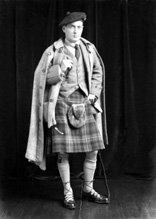
Reference: H-0238
Sir Compton Mackenzie, (1883-1...
|